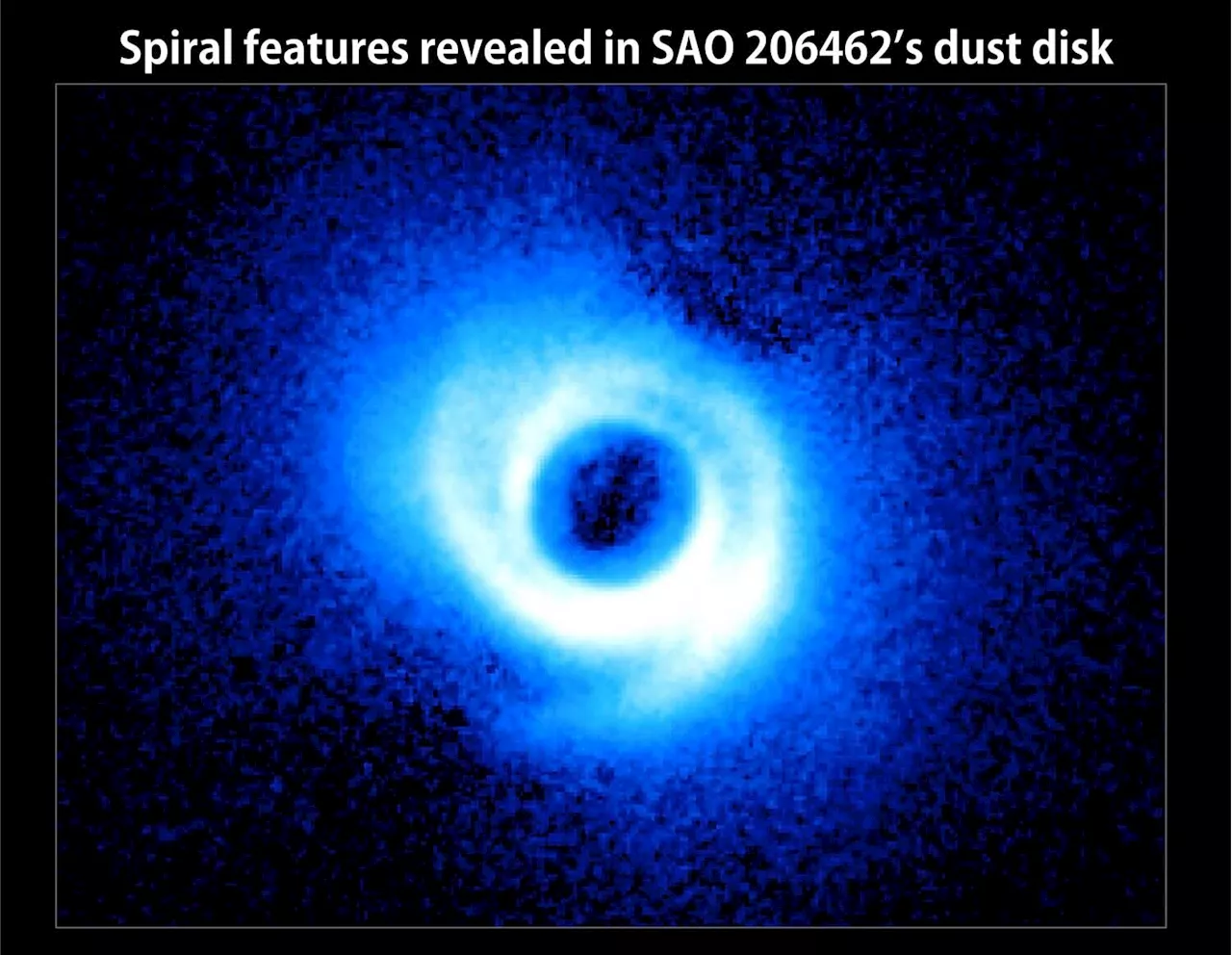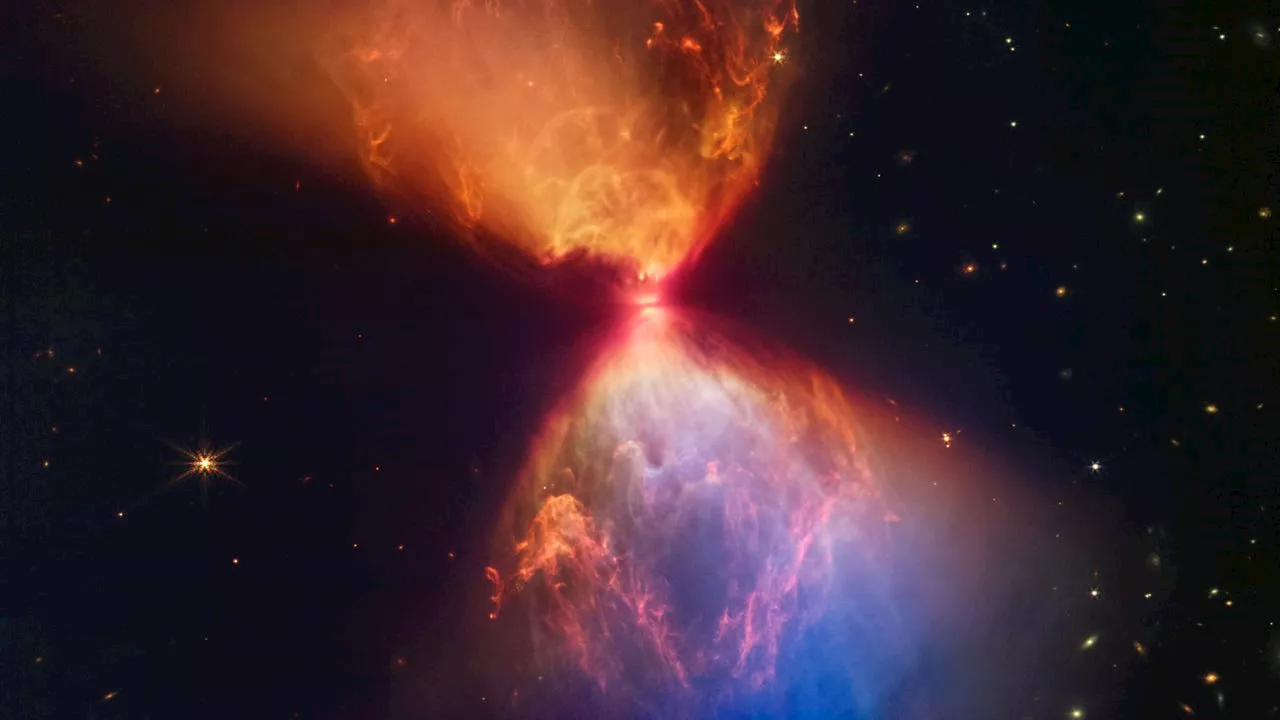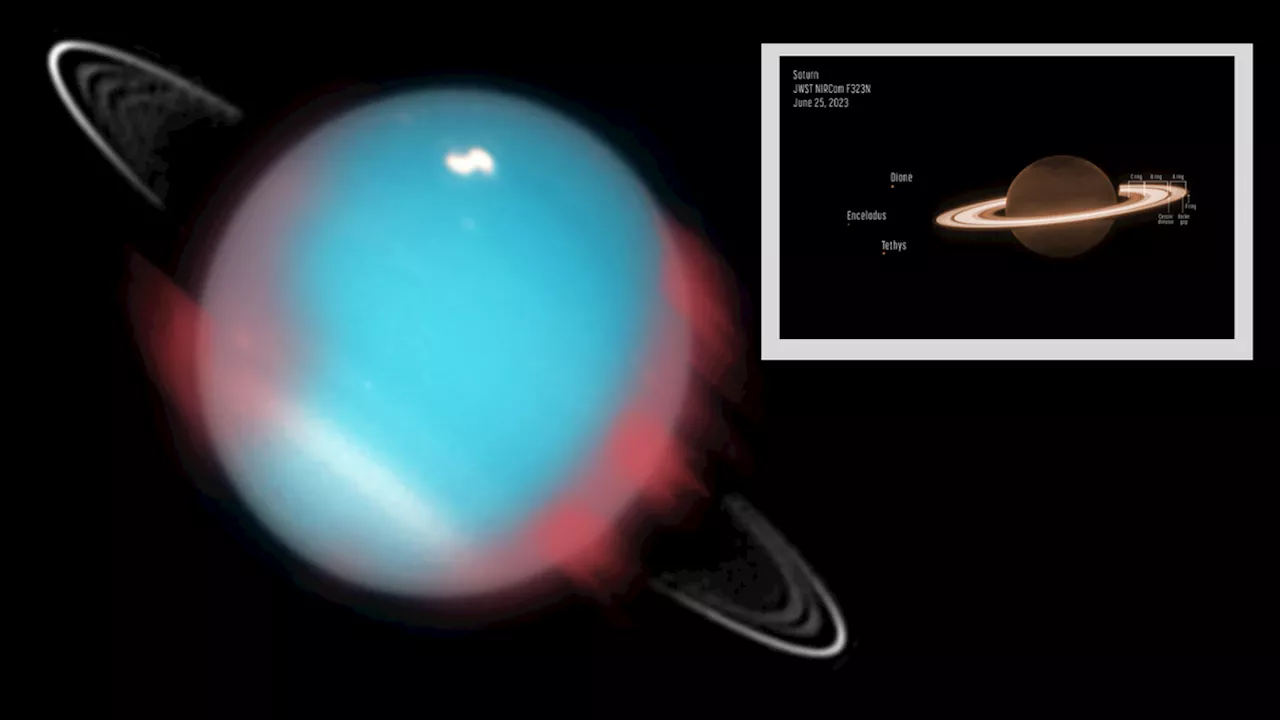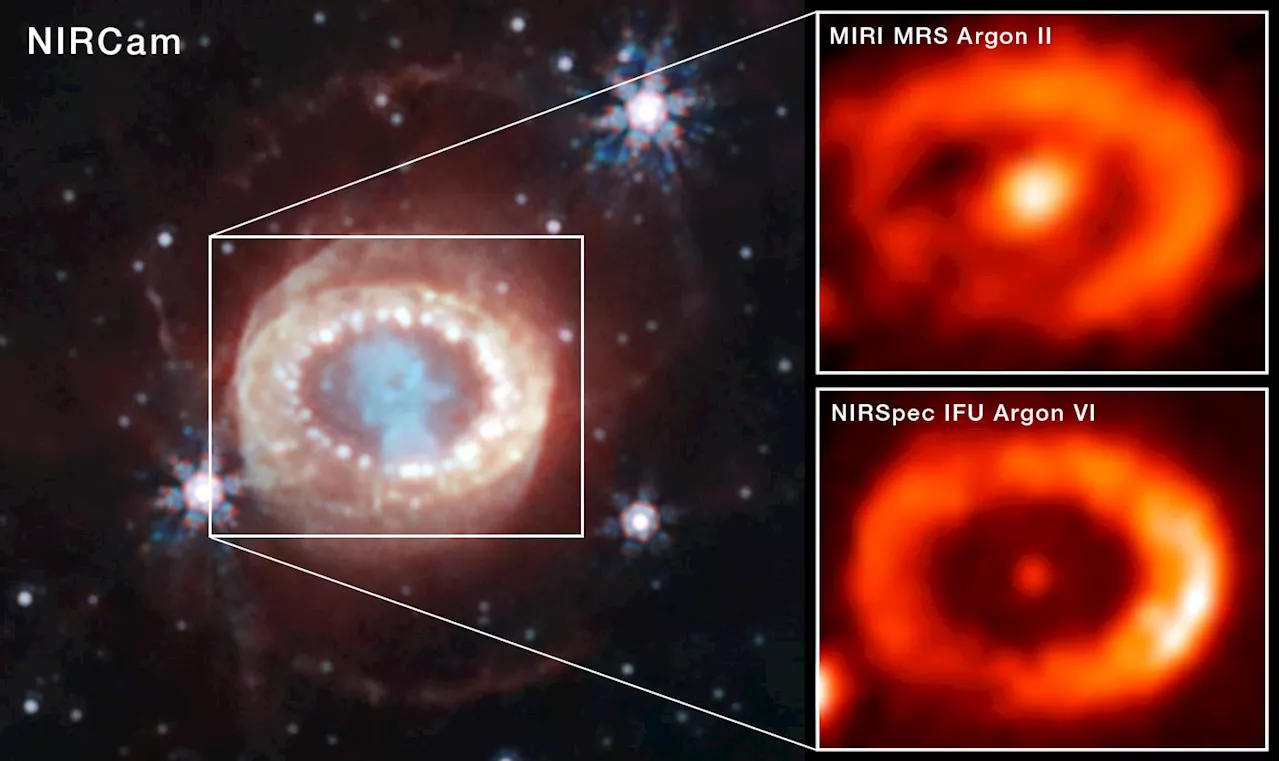The James Webb Space Telescope has discovered the first direct evidence of a neutron star in the remnants of the supernova SN 1987A, shedding light on the life cycle of massive stars and cosmic explosions.
The James Webb Space Telescope has identified the first direct evidence of a neutron star in the remnants of the supernova SN 1987A , providing crucial insights into the life cycle of massive stars and the nature of cosmic explosions . Credit: HST, JWST/NIRSpec, J. LarssonIn February 1987, the closest supernova to Earth in almost 400 years exploded onto the scene.
About two hours prior to the first visible-light observation of SN 1987A, three observatories around the world detected a burst of neutrinos lasting only a few seconds. The two different types of observations were linked to the same supernova event, and provided important evidence to inform the theory of how core-collapse supernovae take place. This theory included the expectation that this type of supernova would form a neutron star or a black hole.
Claes Fransson of Stockholm University, and the lead author on this study, explained: “From theoretical models of SN 1987A, the 10-second burst of neutrinos observed just before the supernova implied that a neutron star or black hole was formed in the explosion. But we have not observed any compelling signature of such a newborn object from any supernova explosion.
James Webb Space Telescope Neutron Star Supernova SN 1987A Cosmic Explosions
United Kingdom Latest News, United Kingdom Headlines
Similar News:You can also read news stories similar to this one that we have collected from other news sources.
 Astronomers conduct first search for forming planets with James Webb Space TelescopePlanets form in disks of dust and gas called protoplanetary disks that whirl around a central protostar during its final assembly. Although several dozens of such disks have been imaged, just two planets have been caught in the act of forming so far.
Astronomers conduct first search for forming planets with James Webb Space TelescopePlanets form in disks of dust and gas called protoplanetary disks that whirl around a central protostar during its final assembly. Although several dozens of such disks have been imaged, just two planets have been caught in the act of forming so far.
Read more »
 The James Webb Space Telescope is digging deep into the mysteries of gas planetsMonisha Ravisetti is Space.com's Astronomy Editor. She covers black holes, star explosions, gravitational waves, exoplanet discoveries and other enigmas hidden across the fabric of space and time. Previously, she was a science writer at CNET, and before that, reported for The Academic Times.
The James Webb Space Telescope is digging deep into the mysteries of gas planetsMonisha Ravisetti is Space.com's Astronomy Editor. She covers black holes, star explosions, gravitational waves, exoplanet discoveries and other enigmas hidden across the fabric of space and time. Previously, she was a science writer at CNET, and before that, reported for The Academic Times.
Read more »
 See images from NASA’s James Webb Space Telescope in new IMAX documentaryThe documentary “Deep Sky” will be in select IMAX theaters across the country in April. Here’s how you can see it.
See images from NASA’s James Webb Space Telescope in new IMAX documentaryThe documentary “Deep Sky” will be in select IMAX theaters across the country in April. Here’s how you can see it.
Read more »
 James Webb Space Telescope to investigate the stunning light shows of Saturn and UranusRobert Lea is a science journalist in the U.K. whose articles have been published in Physics World, New Scientist, Astronomy Magazine, All About Space, Newsweek and ZME Science. He also writes about science communication for Elsevier and the European Journal of Physics. Rob holds a bachelor of science degree in physics and astronomy from the U.K.
James Webb Space Telescope to investigate the stunning light shows of Saturn and UranusRobert Lea is a science journalist in the U.K. whose articles have been published in Physics World, New Scientist, Astronomy Magazine, All About Space, Newsweek and ZME Science. He also writes about science communication for Elsevier and the European Journal of Physics. Rob holds a bachelor of science degree in physics and astronomy from the U.K.
Read more »
 James Webb Space Telescope captures the end of planet formationHow much time do planets have to form from a swirling disk of gas and dust around a star? A new study gives scientists a better idea of how our own solar system came to be.
James Webb Space Telescope captures the end of planet formationHow much time do planets have to form from a swirling disk of gas and dust around a star? A new study gives scientists a better idea of how our own solar system came to be.
Read more »
